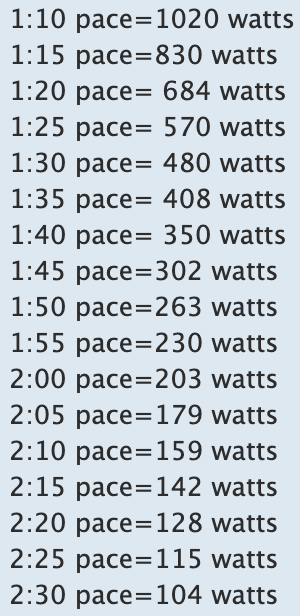Consistency: Being consistent is hard, as all it takes is a single day to screw you over (same for gaining weight). That's why counting calories is so effective. If you knew at days #3 and #5 that you consumed a total of 1350 extra calories, you'd make sure to consume a greater deficit during the remaining days.
Cheat days: Boom, that's an extra 1500 calories. You went from a negative -1500 calories to a maintenance level just because you ate pizza, drank 4 beers and ate some chips in the span of no more than a couple hours!
Details: How much oil do you use? Do you like your salads with a crapload of vinaigrette, or a small amount? Do you use a lot of mayo, or little mayo or any other low-calorie dense condiments? Do you often incorporate butter in your meals? Do you drink milk/juice, or only water? Do you add milk and sugar in your coffee? Do you pour sauces over your meat? How often do you eat desserts? Are you more of a red meat consumer, or a white meat / fish consumer? Do you put grated parmesan on all pasta dishes? Do you consume bread with your pasta dishes? Do you generally drink light beers or calorie dense craft beers such as IPAs?
Healthier =/= better (at least for losing weight): Incorporating healthy snacks throughout the day can be problematic if you weren't eating snacks before, for example. "I'm gonna start eating more fruits!"Heck, some people might grab a healthier brand of chips that has about 60% the amount of calories than Doritos, but they end up eating more of it! Because they know it's technically healthier and less calorie dense, in their mind, they can eat more of it without feeling guilty. At the end of the day, you're still going to consume a crazy amount of calories.
Moral of the post: stay consistent in your diet, count 